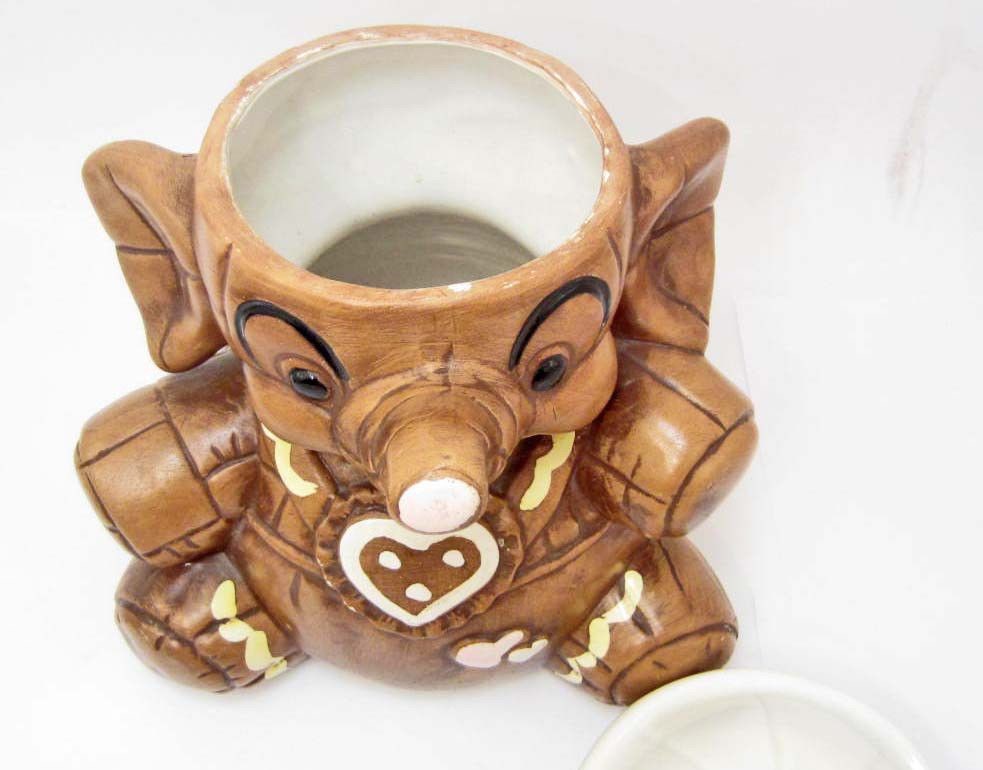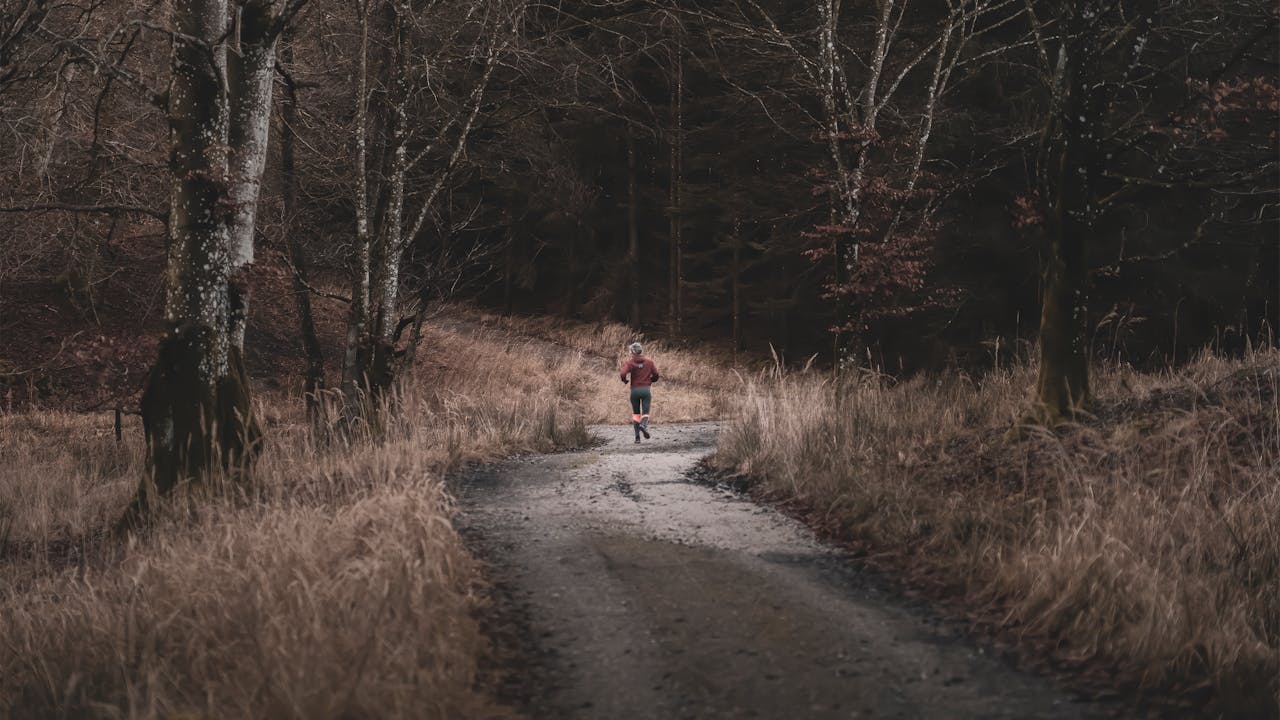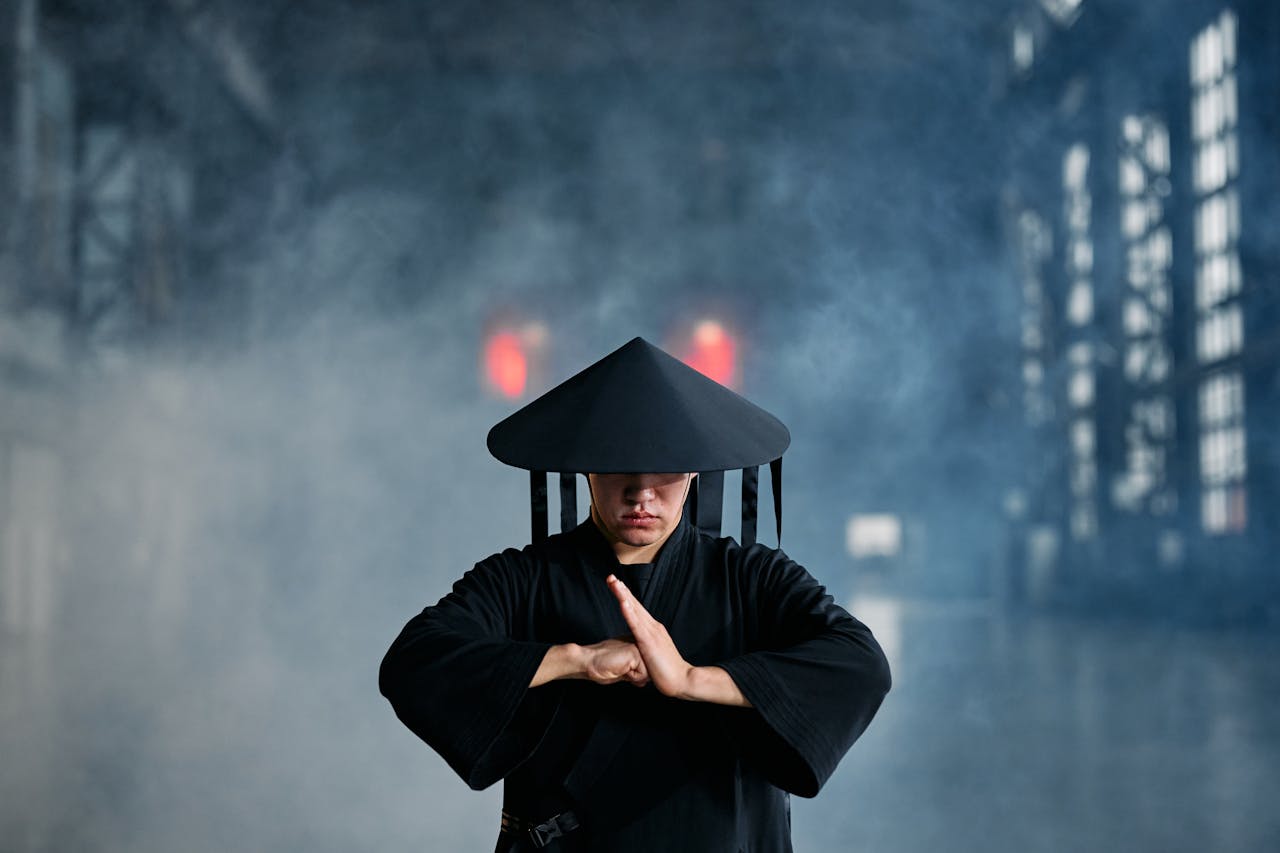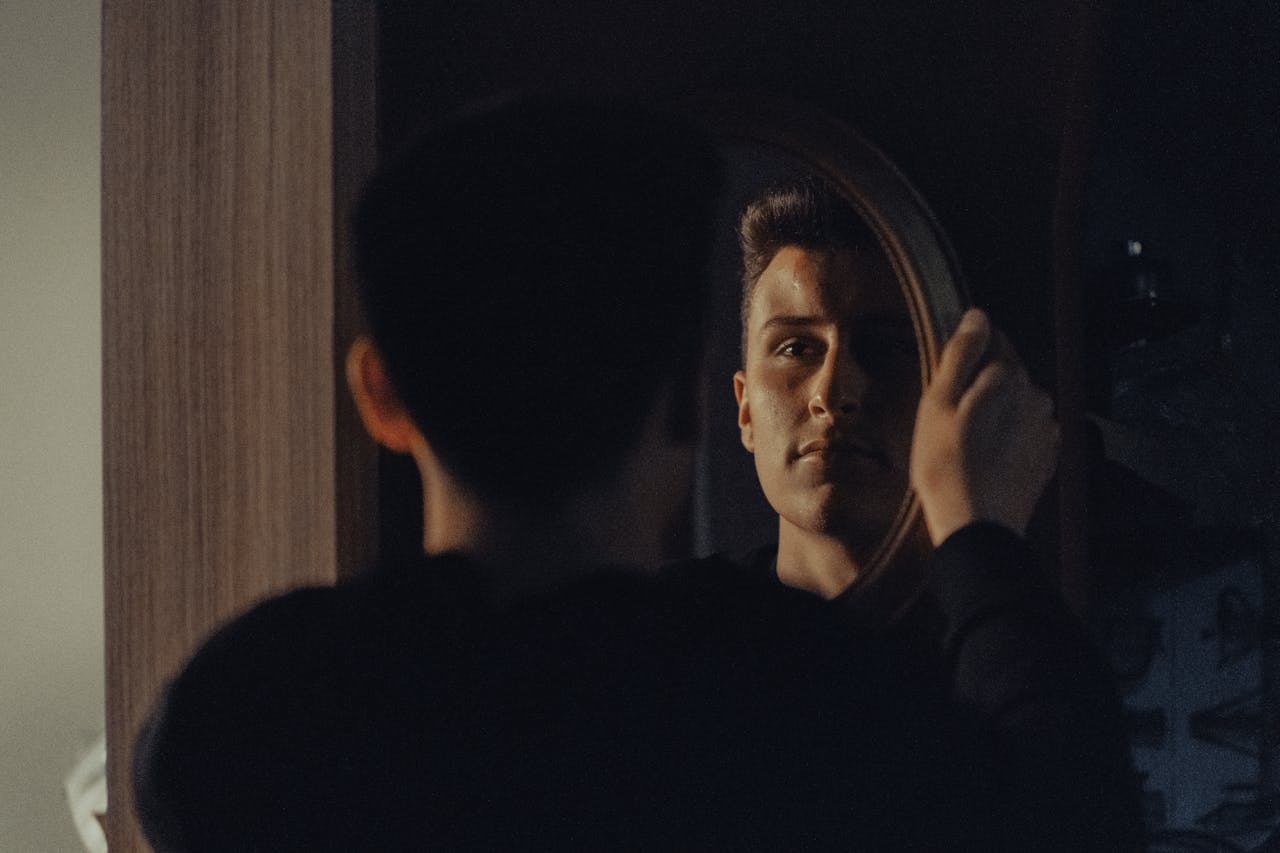When I was a child, I understood grief because I’d had an elephant cookie jar on my shelf that was missing a lid. I’d watched my mother drop the lid as she’d packed her belongings to leave. The lid had slipped from her fingers and smashed into pieces against the brick fireplace. We’d both stared at it silently, wondering what to do. She’d cried. She’d handed me the lid-less ceramic elephant and I’d put it on my shelf. Every time I felt sad, I’d hold that elephant and let it catch my tears. Grief was an elephant-shaped object.
The best advice I was given about writing was to write about those objects – the ones you can drop. Actually, the advice from writer and teacher, John Maguire, was to write about those things you can drop on your foot – pain makes vivid and memorable advice.
I’ve been a writer for over a decade now and make my living from words. But I’ve realized something: I’m not making stories from just words; I’m making them from pictures.
When I started out, I had a tendency to write about abstract ideas without any concrete images. The abstract ideas are the ones we want to write about: love, success, grief… They’re the themes that readers care about too. But when we stay in our heads, theorizing cross-legged under a tree, we risk boring our readers and losing them. There’s nothing for them to grab hold of. When you write about love as a concept, you don’t give readers anything to picture or imagine.
Now when I write, I come at an abstract topic sideways. If I’m talking about love, rather than hit it head on, I’ll sneak up on it. I’ll paint a picture of a first date, eating burgers at the beach, feeling the grit between my teeth no matter how hard I tried to avoid getting sand on my fries. Then, when my date and I return to the car in the dark, I’ll show my date suddenly pointing out a little blue penguin waddling a meter in front of us. He’ll make a joke about arranging it earlier, and I’ll know he’s the kind of guy I can fall in love with.
Great storytelling needs objects. It needs things your reader can drop on their foot. You can make the most intelligent, important, well-argued abstract points in the world, but if your reader can’t picture them, they probably won’t remember them.
The next step is important too, though. Once I have an object established, I widen the lens. You’ve got your camera focused in, nice and tight, on an object like the penguin. Then as you write, you pull back and give your readers a wide view.
You might give them a snapshot of your backstory and what past relationships were like for you. Or you might relate it to what’s happening in society, or to research on the importance of laughter and fun in romance. Once you have your object, you can zoom out and your reader will stay with you because you’ve grounded them in something concrete.
Another writer I admire gave advice that links in well to the object advice. She talks about being specific and detailed. It’s the difference between writing about a jar or writing about an elephant-shaped cookie jar.
So when I sit down to write now, I make sure I’m giving my readers vivid, concrete objects that are specific and detailed. But you also don’t want to go overboard and write paragraphs of description. Finding the right balance is important.
About the Author

Kelly Eden is an award-winning essayist, New Zealand rainforest dweller, and embarrassingly soppy romantic. She loves talking about the craft of words and mentors other writers to become word nerds too. Her story ‘Write About Things You Can Drop’ is the winner of the January 2022 My Writing Journey Competition.
You can find out more about her at https://becauseyouwrite.substack.com/











